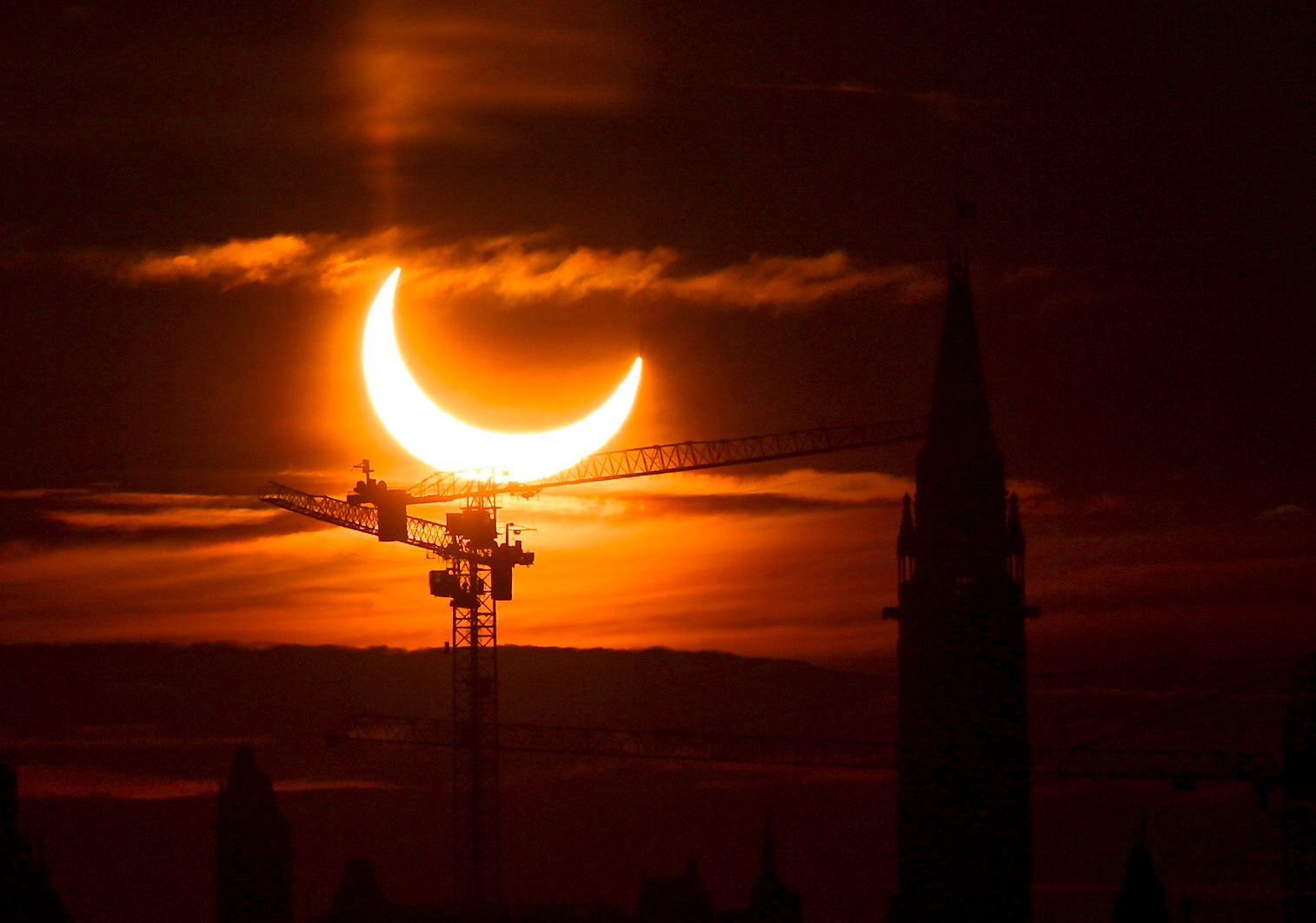At the close of the holy fasting month of Ramadan, an unusual sort of moon will produce a solar eclipse on April 30 and announce two additional celestial occurrences on Saturday. Eid-Ul-Fitr occurs on either May 1 (Sunday) or May 2 (Monday), depending on the first sighting of the crescent moon phase. The new moon in April, the tenth month of the lunar-based Islamic calendar, also known as the Shawwal moon, will be accompanied by a near approach of Jupiter and Venus before daybreak on April 30 in the United States. In addition, the Eta Aquarid meteor shower is scheduled to occur after Eid on May 4 and 5.
Also Read | Solar Eclipse and Black Moon on the same day: Read for timings
What is Black Moon?
The term “black moon” refers to several new moons or absences that occur throughout the year. The term “black moon” is not an established word in astronomy, but it has gained popularity thanks to social media, astrologers, and Wiccan adherents.
According to timeanddate.com, it might be the third new moon of a four-new-moon astronomical season or the second new moon of the same calendar month.
The April black moon will cause a solar eclipse by momentarily passing over a portion of the sun from Earth’s perspective. Parts of Antarctica, the southern point of South America, and the Pacific and Atlantic Oceans will be able to watch the partial solar eclipse at the end of this month.
Also Read | Partial Solar Eclipse 2022: What is it and how to watch it?
The eclipse will begin around 1845 GMT (12.15 am Saturday) when it will be visible to skywatchers in the viewable zones for the first time. According to TimeandDate.com, the greatest eclipse will be seen around 2041 GMT (about 1.30 a.m IST), with the eclipse concluding at 2237 GMT (roughly 4 a.m IST). According to NASA, the eclipse will cover around 64% of the sun’s disc.
Furthermore, around daybreak on April 30 in the United States, you’ll be able to see Venus and Jupiter in rare conjunction, as the planets prepare for an epic five-world alignment visible in June.
Also Read | James Webb Space Telescope finishes alignment, reaches final phase
Comet Halley’s remains may be seen crashing into the atmosphere on May 4 and 5, causing the Eta Aquarids. With the moon only a few days out of its new phase, the meteor shower should put on a terrific display.







